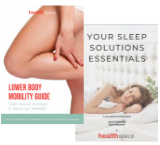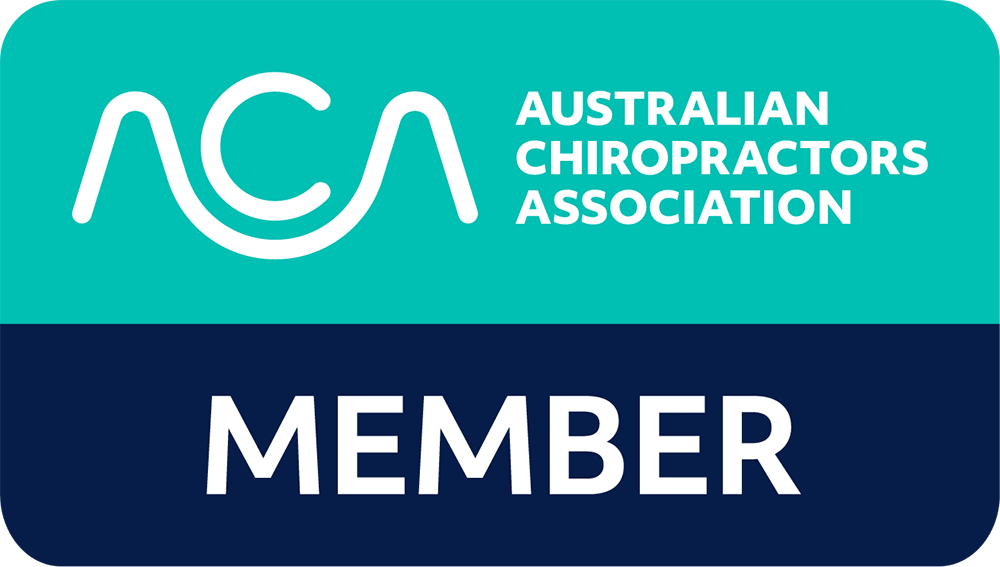
Attempting to eliminate stress from your life is as pointless as trying to be happy all the time. The penny dropped for me when I understood that stress is not “evil” but a natural body reaction that kicks in when we’re faced with a perceived threat. A kind of built-in protection mechanism if you like. Have you ever tried to get rid of something that is part of your very human nature? Often, this is what we try to do with our emotions…in case you hadn’t noticed yet, the more you try to shut them down, the more they come back to haunt you. It’s a similar process with stress: the more you try to get rid of it, the more stressful it becomes.
So if you can’t eliminate stress, what can you do instead?
I’m no longer afraid of storms, for I’ve learned to sail my ship.
Louise May Alcott
That’s right, you can learn to sail your ship. In other words, you not only learn when and how stress shows up for you, but most importantly, you learn what helps you manage stress, so it doesn’t end up managing you. I’m offering some steps below to get you started.
Step 1. Use your anchors everyday
Anchors are the things you do regularly that make you feel good and dare I say, that keep you sane. They are your mood-boosters, your happiness-bucket-fillers. You first need to find them, and then you need to use them often so you can 1) better deal with stress when it arises 2) raise your stress tolerance. The more anchored you are, the more steady you will be when a storm hits. Anchors come in different categories:
- The people you surround yourself with: anyone you care for, who inspires you and/or makes you feel loved, energised, upbeat. Spend time with them and make time for them.
- The things you say to yourself: kindness is queen. Learn to talk to yourself the same way you would talk to your children or your best friend.
- The things you do for yourself: any practice that makes you a better you! There’s so much to choose from, your imagination is the limit here. It can be something to look after your physical, emotional, mental wellbeing. It can be something you do with others or just by yourself. It can be something that sets up your day or brings a delicious close to it. These practices can sometimes take the form of rituals.
I like to mix these different categories across my day, week, month and year: meditation and cuddles with my daughter are some of my daily anchors. Up until recently, I was doing a singing class with a friend and going for a swim in the ocean once a week. I also schedule a massage once a month and I go on a retreat once a year. It doesn’t really matter what it is, as long as it makes you shine and brings you a sense of meaning. What does matter however, is the intention you bring to it. Doing something because you can tick it off your to-do list is generally not conducive to long-term success. We humans tend to get tired very quickly when we do things out of obligation. A good friend of mine and fellow coach, Laetitia Andrac, came up with six essential ingredients to make a ritual stick and that form an acronym for RITUAL: Repetition, Intention, Time, Uniqueness, Awareness, Love. Whatever you do, consciously choose what feels “yummy” to you, be guided by your intuition and be open to the possibility that your anchors may change and evolve with time.
Step 2. Look stress in the eyes
- Understand what stress is and when it is not serving you. Yes, a rush of adrenaline can be useful sometimes to act in the moment and accomplish things fast, but it is not useful when sustained over a long period of time. Our bodies are not designed to cope with constant stress.
- Learn to recognise how stress manifests in your body. How does it make you feel? What body sensations are present? How do you react to situations and people around you? When I’m stressed, my heart is beating faster, I have a thousand thoughts racing through my mind and I tend to be snappy with people, especially the ones I love most. Say “hi” when stress comes knocking on your door, don’t slam the door shut.
- Identify your triggers: are you most prone to stress when you’re sleep deprived? Do you feel most stressed when your day doesn’t go to plan? Are there specific triggers at work or at home that send you into stress mode? In order to make changes, you first need to know what needs to change, right?
Step 3. Breathe and reframe
- Your breath is by far the most powerful resource you can access in the moment when you feel overwhelmed by stress. The key here is to focus on your exhale and make it as long and slow as you can, through pursed lips. Continue focusing on your exhale until you feel you’ve gathered a sense of calm.
- Remember, stress manifests in response to a PERCEIVED threat: can you reframe what you’re dealing with? Unless a sabre-toothed tiger is running after you, chances are the danger you’re perceiving is not actually life threatening. Ask yourself: “what’s the worst that can happen right now?” – an oldie but a goodie that can help you shift your perspective in the moment.
So, ultimately, yes…stress will keep on showing up at your door. There will be clouds, there will be storms and there will be sunshine. But the good news is, you can learn to ride the storms and come out the other side stronger and more anchored than ever.
There’s one last thing I’d like to share with you: my greatest anchors have been the teachers, mentors and coaches I’ve worked with along my journey. It’s not worth doing it alone when there are supportive people around you willing to help. If you feel like you need support to handle stress better and find your anchors, book in to see me at Health Space Clinics.

